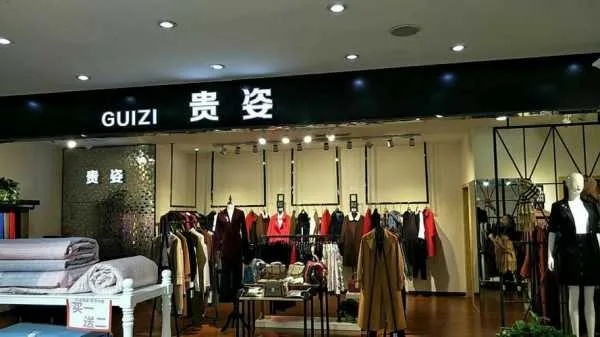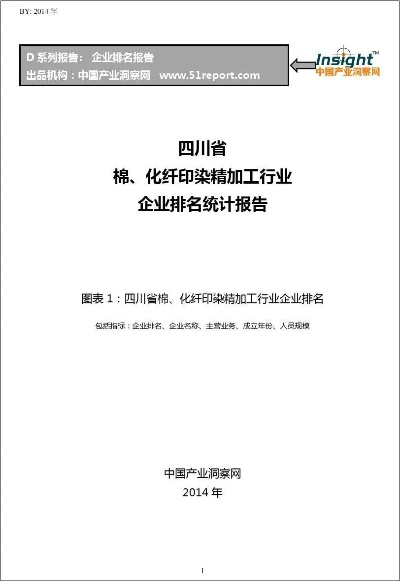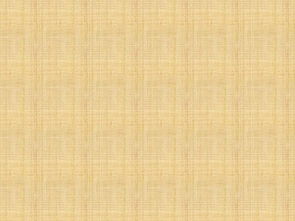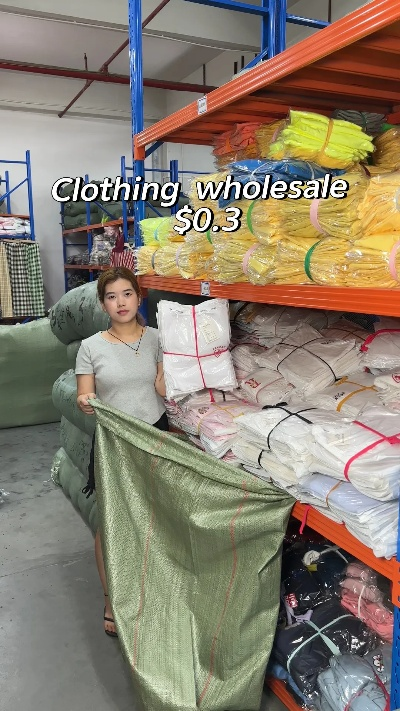The Impact of Textile Restrictions on Silk Production and Global Trade
Silk production and global trade have been significantly impacted by the textile restrictions imposed by various countries. Textile restrictions, such as tariffs and quotas, have led to increased costs for silk producers, which in turn has affected their ability to compete with other textile products. Additionally, these restrictions have limited the flow of silk goods into foreign markets, resulting in reduced demand for silk products and a decrease in global trade. The impact of textile restrictions on silk production and global trade is significant, as it affects not only the domestic market but also the international market. As a result, silk producers must adapt to these new challenges and find ways to overcome them in order to maintain their competitive position in the global marketplace.
Introduction: The global textile industry is a multibillion-dollar sector that plays a crucial role in the economy of many countries. However, recent years have seen an increase in restrictions on the production and trade of textiles, particularly silk, which is a high-quality natural fiber known for its beauty and durability. This essay will explore the impact of these restrictions on silk production, as well as their implications for global trade and the livelihoods of those involved in the industry.
Impact on Silk Production: Silk production involves several steps, including raw material sourcing, processing, and finishing. Restrictions on silk production can affect various stages of the process, depending on the type of restriction imposed. For example, if a country bans the import of silkworm cocoons from other countries, it could lead to a decrease in the availability of raw materials for silk production. Additionally, if restrictions are placed on the sale or export of silk products, it could lead to a decrease in demand for silk goods, which would further impact the production of silk.
Case Study: One example of a restrictive measure on silk production is China's ban on the import of silkworm cocoons from Vietnam. Since the ban was implemented in 2017, the supply of raw materials for silk production in China has decreased significantly, leading to a decline in the production of silk products. As a result, Chinese silk producers have had to invest more resources in developing alternative raw materials or exploring new production methods.
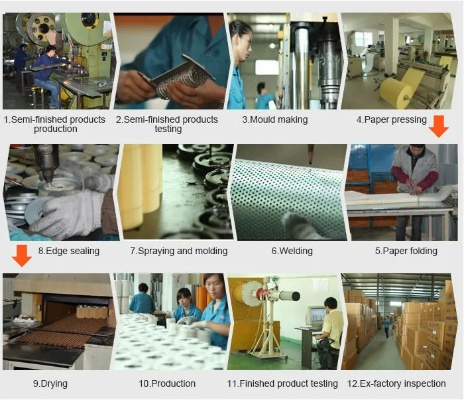
Impact on Global Trade: Silk is a highly valued commodity globally, with many countries relying on it for their economy. Restrictions on silk production can have significant effects on global trade, particularly when they affect the supply of silk goods. For example, if a country imposes tariffs or quotas on silk products, it could lead to higher prices for consumers in other countries. This could discourage foreign buyers from purchasing silk goods, which could ultimately harm the global market for silk.
Case Study: In 2018, India imposed a 30% import duty on silk fabrics from China, which led to a sharp increase in the price of silk goods in India. This resulted in a decrease in demand for silk products in China, where the ban on silk exports was also in place. As a result, Chinese silk producers were forced to reduce their production and invest in alternative raw materials or develop new production methods.
Conclusion: Textile restrictions on silk production have had significant effects on both the domestic and global economies. These restrictions can affect various stages of the production process, leading to decreased availability of raw materials and reduced demand for silk goods. In addition, they can have long-term consequences for the global trade of silk, as countries may need to invest in alternative raw materials or explore new production methods. It is important for policymakers and stakeholders to carefully consider the impact of such measures and work towards finding solutions that balance economic growth with environmental sustainability.
随着全球纺织业的快速发展,纺织品的质量和种类日益丰富,但同时也面临着一些限制,丝织品作为纺织品的重要组成部分,其限制因素也引起了人们的关注,本文将围绕纺织品限制为丝织品这一主题,探讨相关的限制因素及其影响。
丝织品的主要限制因素
- 环保要求:随着全球环保意识的提高,许多国家和地区对丝织品的环保要求越来越高,这包括对废旧丝织品的回收和处理、减少化学物质的使用等方面。
- 质量控制:丝织品的质量控制是确保其符合特定标准的重要环节,在许多国家和地区,对丝织品的品质要求越来越高,以确保产品的质量和安全性。
- 市场需求:丝织品的市场需求也是影响其限制的重要因素之一,随着人们对于高品质、高附加值产品的需求增加,对丝织品的质量和品种也提出了更高的要求。
英文案例说明
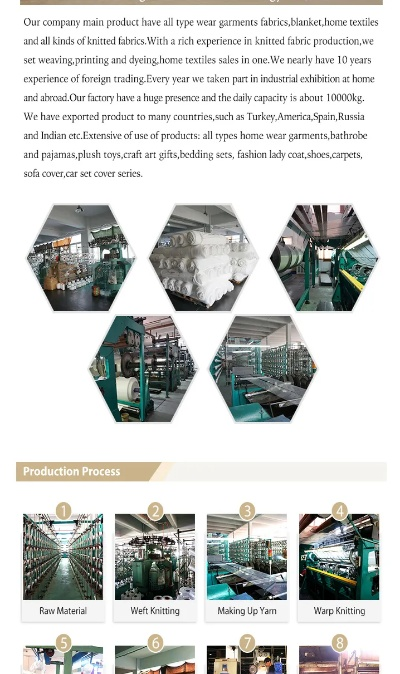
以纺织品限制为丝织品为例,我们可以引用一些具体的英文案例来说明,在一些国家和地区,为了保护环境、减少化学物质的使用和提高产品质量,政府对丝织品的环保要求越来越高,为了满足市场需求,一些丝织品生产企业开始采用环保材料和技术,提高产品的品质和附加值。
丝织品限制的影响
- 生产成本增加:由于环保要求和质量控制的要求提高,丝织品的生产成本也会相应增加,这可能导致一些小型丝织品生产企业面临经营困难。
- 市场竞争压力:随着丝织品市场的竞争越来越激烈,企业需要不断提高产品质量和品种以满足市场需求,这可能导致一些企业不得不加大研发和创新力度,提高自身的竞争力。
- 消费者需求变化:随着消费者对于高品质、高附加值产品的需求增加,消费者对于丝织品的质量和品种也提出了更高的要求,这需要丝织品生产企业不断改进生产工艺和技术,提高产品的品质和附加值。
纺织品限制为丝织品是一个复杂的问题,涉及到环保、质量控制、市场需求等多个方面,在解决这个问题时,需要综合考虑多个因素,采取多种措施,随着全球纺织业的不断发展,丝织品的生产企业也需要不断改进生产工艺和技术,提高产品的品质和附加值,以满足市场需求。
在具体实施过程中,可以采取以下措施:
- 加强环保意识:政府和企业需要加强环保意识,采取更加严格的环保措施,减少废旧丝织品的产生和处理难度,也需要加强环保技术研发和应用,提高废旧丝织品的回收利用率和处理效果。
- 提高质量控制标准:企业需要不断提高产品质量控制标准,采用更加先进的生产工艺和技术,提高产品的品质和附加值,也需要加强质量检测和认证工作,提高产品的可靠性和市场竞争力。
- 适应市场需求变化:企业需要不断适应市场需求变化,加强产品研发和创新力度,提高产品的多样性和个性化程度,也需要加强市场营销和品牌建设工作,提高产品的知名度和美誉度。
纺织品限制为丝织品是一个复杂的问题,需要综合考虑多个因素,采取多种措施来解决,随着全球纺织业的不断发展,丝织品的生产企业也需要不断改进生产工艺和技术,提高产品的品质和附加值,以满足市场需求。
Articles related to the knowledge points of this article:
